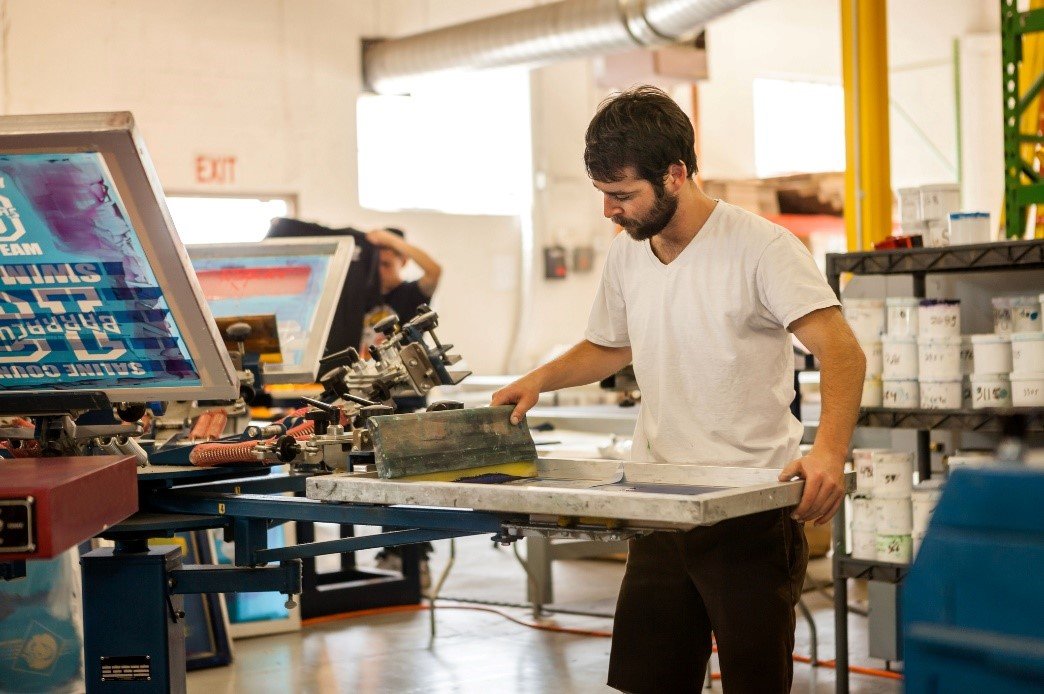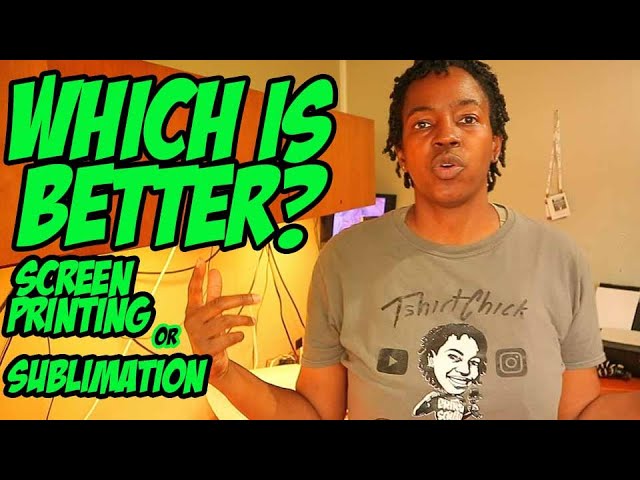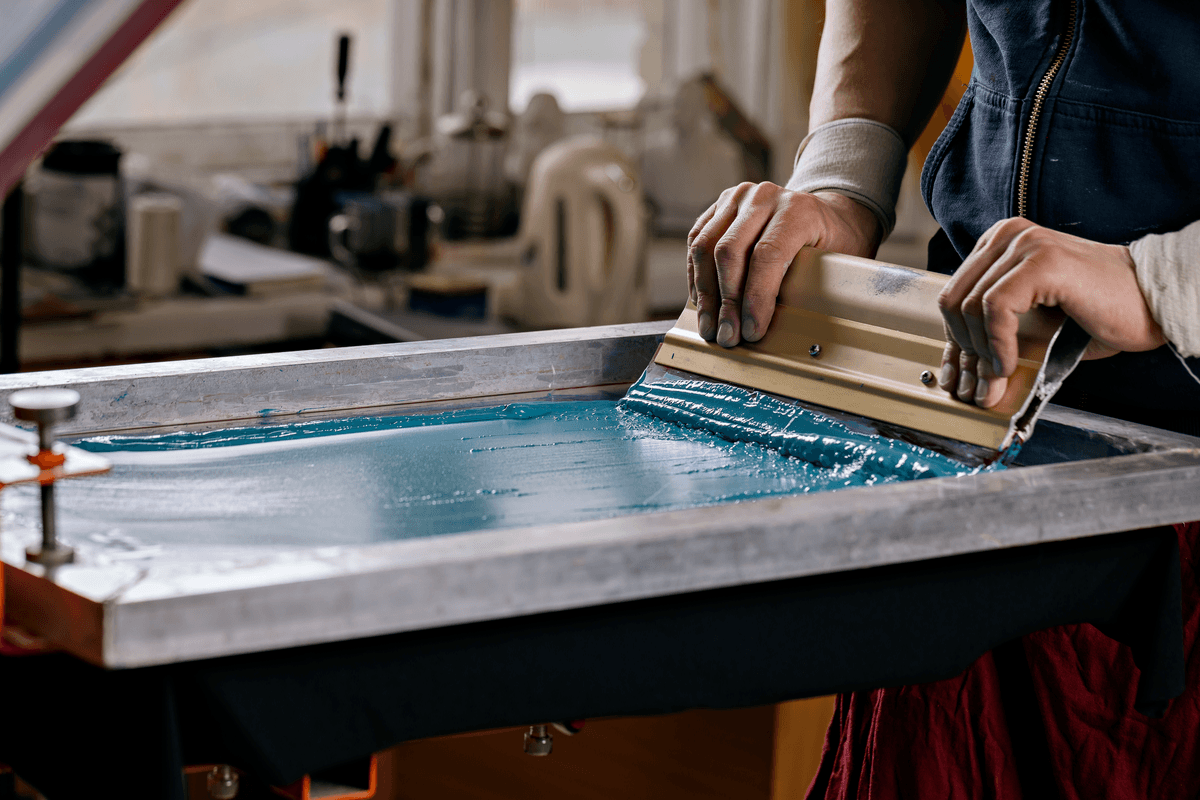Some Of Tx Tees
Not known Details About Tx Tees
Table of ContentsSome Known Questions About Tx Tees.The Main Principles Of Tx Tees Tx Tees Fundamentals ExplainedNot known Factual Statements About Tx Tees The smart Trick of Tx Tees That Nobody is Talking AboutThe Of Tx TeesTx Tees for Beginners
That brings your total to around $1,900 prior to tax and shipping. Accumulate various other prices, like the number of utilities it requires to run the shop and the expense of ink and emulsion per layout. custom monograming. Take the print listed below. This is a one-color photo, so the price of ink per tee shirt is about 20 cents.The solution ought to just be a couple of cents given that you 'd just require to coat one screen for this work. Exactly how much should you bill per t-shirt to make a profit? Normally, printers attempt to make up to 45% profit on a print work. Here's a table to assist you figure out that: total expense per item percent of desired revenue as a decimal (example:.25 or.45) earnings made per item per task Currently allowed's discuss the success of DTF.

With DTF, you can print a handful of t shirts, or simply one. Both display printing and DTF have their particular niches in the globe.
An Unbiased View of Tx Tees
The very best way to understand? Ask about and see what printing shop like yours are doing. custom cap printing. Try both out and see which you like better
When you're choosing what kind of printing method to use for publishing your artwork designs on your garments, it is very important that you understand the differences between these two strategies so you can maximize outcomes while lessening expenses. Display printing is one of the most commonly utilized strategy for printing layouts on fabrics.
DTG printing is likewise recognized as place or direct to garment printing because it publishes just what is needed rather of making a screen as display printers do. https://www.pageorama.com/?p=txtees02. Screen printing functions by display filler squeegee display printing ink screen mesh screen, then transferring the image to garment utilizing warmth and/or stress
The DTG printer uses special dye-sublimation inks that are applied right into a pre-designed picture by a digital printing system. The inks enter into the material, permitting vivid shades and phenomenal information. It's additionally called area or straight to garment printing because it publishes just what is needed as opposed to making a display as display printers do.
Unknown Facts About Tx Tees
First, it's much quicker - you can publish a fullcolor picture in minutes, in contrast to hours for display printing. Second, there's no established up time or expenses entailed - you can print any layout you such as, without having to create a display first. Third, there's no waste - because screen printers screen print one style at a time, they need to screen each color individually.
The paper is really costly and can only be used as soon as. Once it's published on, it needs to be thrown out. - The preliminary acquisition rate is less than the in advance financial investment of DTG printers- You can publish multi-color styles one screen each time rather than having to publish each color separately like DTG printing.

The 2-Minute Rule for Tx Tees
However, instead of using display mesh as display printers do, color sublimation printers utilize laser technology to move your images onto garments or paper. A warmth process transfers the dye from its solid-state directly right into the gas stage which in turn merges it onto fabric substratums when they are rapidly heated up to heats under high pressure.
Sublimation printing is eco-friendly. It makes use of less water than screenprinting, and since it doesn't include the usage of unsafe solvents, it's risk-free for all sorts of garments. The dye sublimation inks are additionally odorless when treated, unlike display printers that make use look at here of unsafe chemicals during the screen printing procedure that leave an unpleasant odor.
They likewise save money on costly tools like direct exposure units considering that dye sublimation printers don't require a UV exposure device or a flash cure oven that is typically used in screen printing (screen printing shop). What is straight to garment printing (DTG Printing)? DTG printing is a digital screenprinting process that prints straight onto material utilizing specialized inkjet printers
Tx Tees - Questions
DTG printing supplies many benefits over conventional screenprinting, consisting of the ability to print photo high quality pictures, greater shade vibrancy, and the capacity to print styles on darker fabrics. DTG printers function by heating the textile ink up until it develops into a gas. The gas then penetrates the material, bonding with the fibers to produce a long-term print.

Screen printers just prepare their display then begin publishing till they run out of product or ink.- There is a variety of knowledgeable display printers around the world, which can be practical for novices. - It's a slower process - screen printers typically need to await the ink to dry before they can print the following color- Screen printers call for manual work, so there's a greater learning curve and it takes longer to generate a high-grade style- Display printing isn't as exact as DTG printing, so you may obtain some "blood loss" of shades from one component of the image onto an additional if not done appropriately.
About Tx Tees
Rather of making use of display mesh as screen printers do, color sublimation printers use laser modern technology to transfer your images onto garments or paper. A heat procedure transfers the color from its solid-state straight into the gas phase which consequently fuses it onto textile substrates when they are rapidly heated up to heats under high pressure.
Sublimation printing is environment-friendly. It utilizes less water than screenprinting, and because it doesn't entail the usage of dangerous solvents, it's risk-free for all kinds of clothing. The color sublimation inks are additionally unsmelling when treated, unlike screen printers that make use of hazardous chemicals during the screen printing procedure that leave behind an unpleasant odor.
They also conserve cash on pricey equipment like direct exposure systems considering that color sublimation printers don't require a UV direct exposure unit or a flash remedy oven that is generally utilized in screen printing. What is direct to garment printing (DTG Printing)? DTG printing is a digital screenprinting process that publishes straight onto textile using specialized inkjet printers.
Rumored Buzz on Tx Tees
DTG printing offers several advantages over standard screenprinting, including the ability to print photo top quality pictures, higher color vibrancy, and the ability to print styles on darker materials. DTG printers work by warming the fabric ink until it transforms into a gas. The gas then penetrates the textile, bonding with the fibers to develop a permanent print.